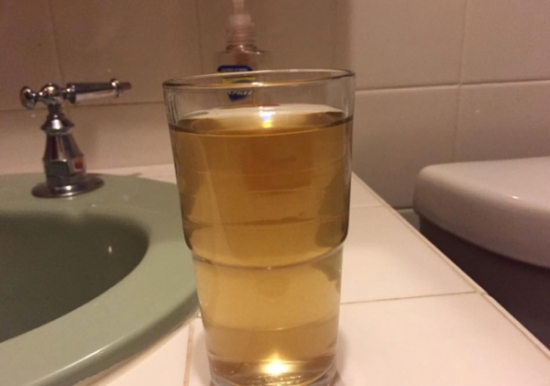 A broken water main under Pershing Drive in Derby caused discolored water in Ansonia, Derby, Seymour and Woodbridge Wednesday.
A broken water main under Pershing Drive in Derby caused discolored water in Ansonia, Derby, Seymour and Woodbridge Wednesday.
The break was discovered around noon. Repair crews dug up the ground and replaced the damaged section — but residents were still reporting brown water as of 10:30 p.m. Wednesday.
Kate Powell, a spokeswoman for the Regional Water Authority, said the hope is that the sediment in the pipes settles overnight and that the discolored water is gone by Thursday morning.
“We expect that most of the sediment will settle back into the main overnight, and two crews will be out first thing in the morning to flush in any areas that still contain discoloration,” according to a statement from the utility.
Residents are urged to run cold water in their tubs Thursday morning. Hopefully you’ll see clear water after flushing the faucet.
If your water is still brown, report it to the Regional Water Authority at 203 – 562-4020. Customer service representatives start their day at 8 a.m.
It is important to report discolored water so the utility company can pinpoint problem areas.
Do not use hot water, Powell said. That could cause sediment to enter your hot water heater.
Powell said the brown water is not a health threat. It contains magnesium and iron, naturally occurring materials. But it’s obviously not something you’ll want to drink or use to wash clothes.

The broken water main on Pershing Drive was an 8‑inch pipe. However, it fed a 20-inch main. The break wreaked havoc on the water system, including at a water pump station in Woodbridge.
The increased velocity of the water caused by the broken pipe stirred up dirt throughout the system.
Powell could not say how many customers were affected, but estimated at least half of Woodbridge alone had discolored water.
The official government Facebook pages of Ansonia and Seymour both featured posts about the water issues Wednesday night.
Powell was not sure what caused the 8‑inch pipe to fail. Suspects include age and the temperature difference between the pipe and the water inside.